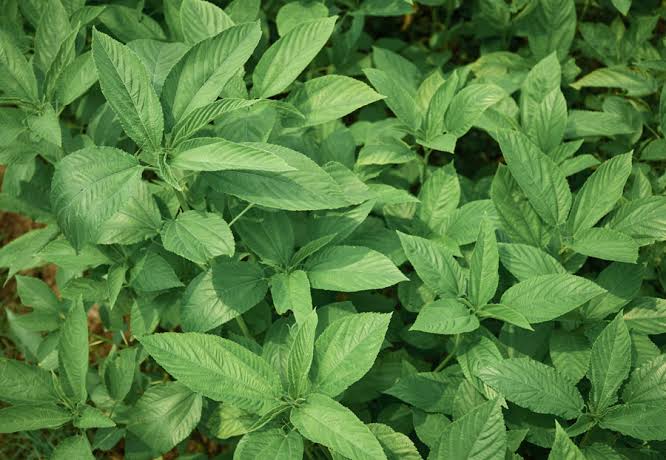Exploring the Versatility of White Jute: A Comprehensive Guide
Introduction
White jute, distinguished by its creamy-white colour and soft, pliable fibres, represents a unique and versatile variety within the spectrum of the revered “Golden Fibre.” Scientifically known as Corchorus capsularis, this is a variety of jute plant characterised by its light-coloured fibres. It is one of the two primary species of jute cultivated commercially, the other being dark jute, or Corchorus olitorius. The white variety is primarily grown in regions with a tropical climate, such as Bangladesh, India, China, and Thailand.
The fibres obtained from this jute are softer and finer compared to those of dark jute, making them suitable for a wide range of applications, including the production of textiles, ropes, twines, and nets. White jute is prized for its versatility, strength, and eco-friendliness, and it remains an essential crop in the jute industry, contributing significantly to various sectors worldwide. With its eco-friendly properties, ease of use, and wide range of applications, it has secured its place as a preferred material in various industries. This comprehensive guide unveils the distinctive attributes, cultivation techniques, utilisation, and significance of the white variety of jute in the global market.

Overview of White Jute
- Scientific Name: Corchorus capsularis.
- Appearance: This jute is characterised by its creamy-white fibres, which are smoother and finer compared to other jute varieties, offering a soft and gentle feel.
- Cultivation Regions: Primary cultivation regions include countries such as Bangladesh, China, India, and Thailand, where it thrives in diverse climatic conditions.
- Harvesting Season: The jute is typically sown during the monsoon season and harvested within 120–150 days, depending on specific agricultural practices and regional variations.
- Fibre Characteristics: The fibres of this species of jute are known for their pliability, ease of dyeing, and suitability for a wide range of applications, from textiles to handicrafts.
- Uses: White jute finds applications in the production of twine, ropes, bags, textiles, eco-friendly packaging, and a variety of artisanal and industrial products that benefit from its eco-friendly and versatile nature.
Key Facts and Figures
- White jute plays a pivotal role in the global jute industry, with widespread cultivation and production in key jute-producing countries, contributing significantly to the sustainable materials market.
- The pliable and adaptable nature of its fibres makes it ideal for weaving, spinning, and crafting purposes, enabling artisans and manufacturers to create a diverse range of products.
- Its absorbent qualities, biodegradability, and natural aesthetics make it an attractive choice for packaging, textile, and handicraft applications that prioritise sustainability and eco-consciousness.
- The cultivation of white jute supports local communities, providing livelihood opportunities for farmers, weavers, and artisans, while promoting sustainable agricultural practices and environmental stewardship.
- White jute’s eco-friendly properties, including its low ecological footprint, renewability, and biodegradability, align with the growing demand for sustainable materials in various industries.
Significance of White Jute
White jute stands out as a versatile, sustainable, and environmentally friendly material that embodies the essence of eco-conscious innovation and craftsmanship. Its soft, pliable fibres and natural beauty empower creators and consumers to embrace sustainability without compromising on quality, aesthetics, or functionality. The timeless appeal and practicality of white jute make it a valuable asset in the global market for sustainable textiles, packaging, and lifestyle products.
Conclusion
White jute, with its gentle appearance and multifaceted applications, emerges as a beacon of eco-friendly innovation and creativity in the world of sustainable materials. From its cultivation in lush jute fields to its transformation into a diverse array of products, white jute exemplifies the harmonious blend of nature, artisanship, and sustainability, shaping a brighter future for industries, communities, and the environment.
By exploring the versatility and eco-friendly allure of white jute, we celebrate the enduring legacy and modern relevance of this exceptional variety, highlighting its transformative potential in a world seeking sustainable solutions with style and substance. At MASK Associates, we have extensive experience in the cultivation and manufacture of this type of jute. Visit our corporate site for more information on how we can meet and exceed your jute needs.
